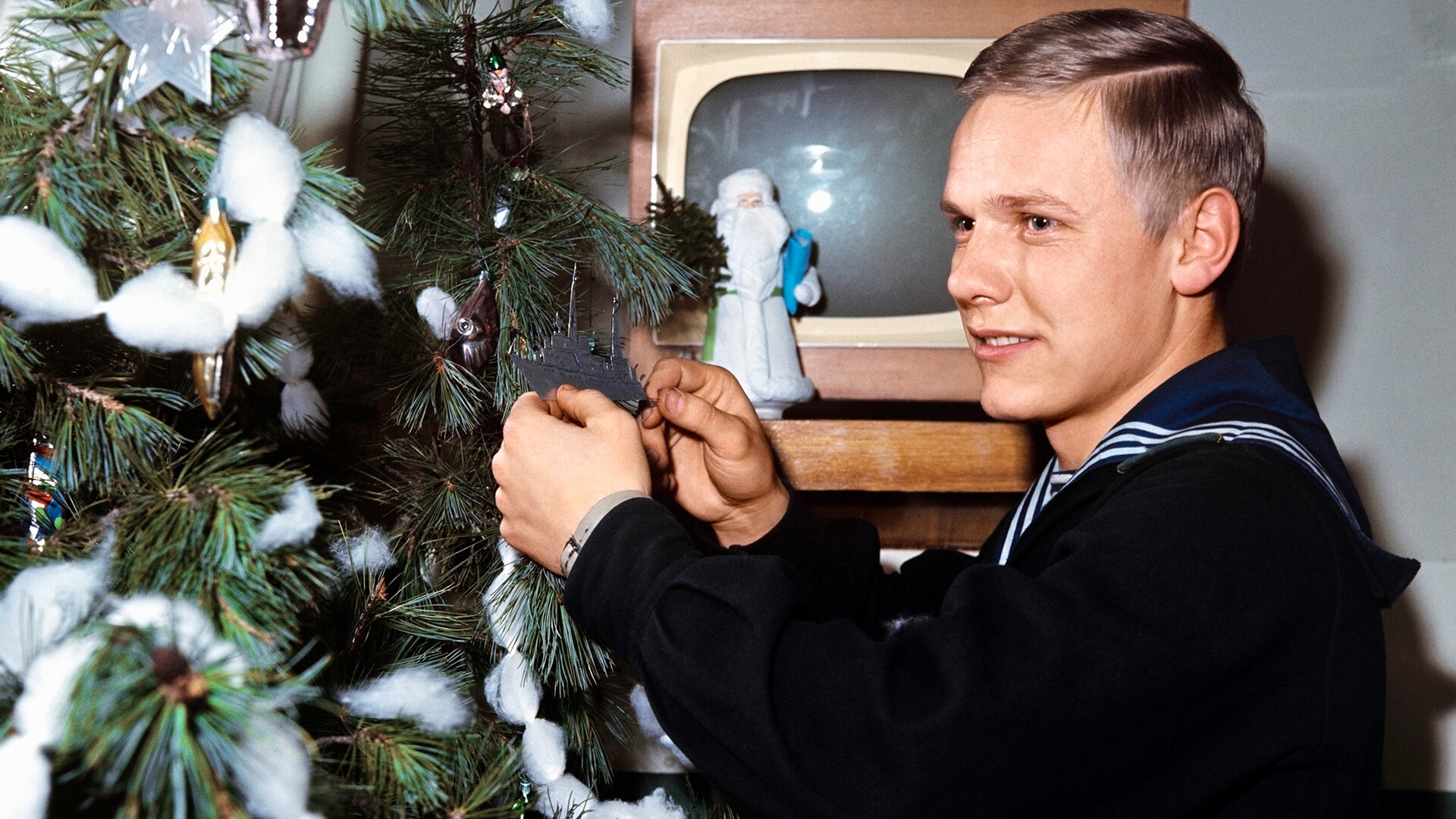
Every year, children cut out delicate snowflakes out of simple sheets of paper. Then, they hung them on the New Year tree, walls, windows; they decorated apartments, schools and kindergartens.

Grandfather Frost in Magadan, 1967.
B.Korobeynikov/SputnikThere were a lot of methods to cut out a snowflake and the creative came up with their own ornaments. This tradition persists to this day and some schools still decorate their windows with snowflakes before the New Year.

Snowflake instruction.
Legion MediaSnowflakes were also cut out from colored glittering foil. The foil itself couldn’t hold the shape, so the snowflakes were stuck to windows with sweet water (a mix of water and sugar).
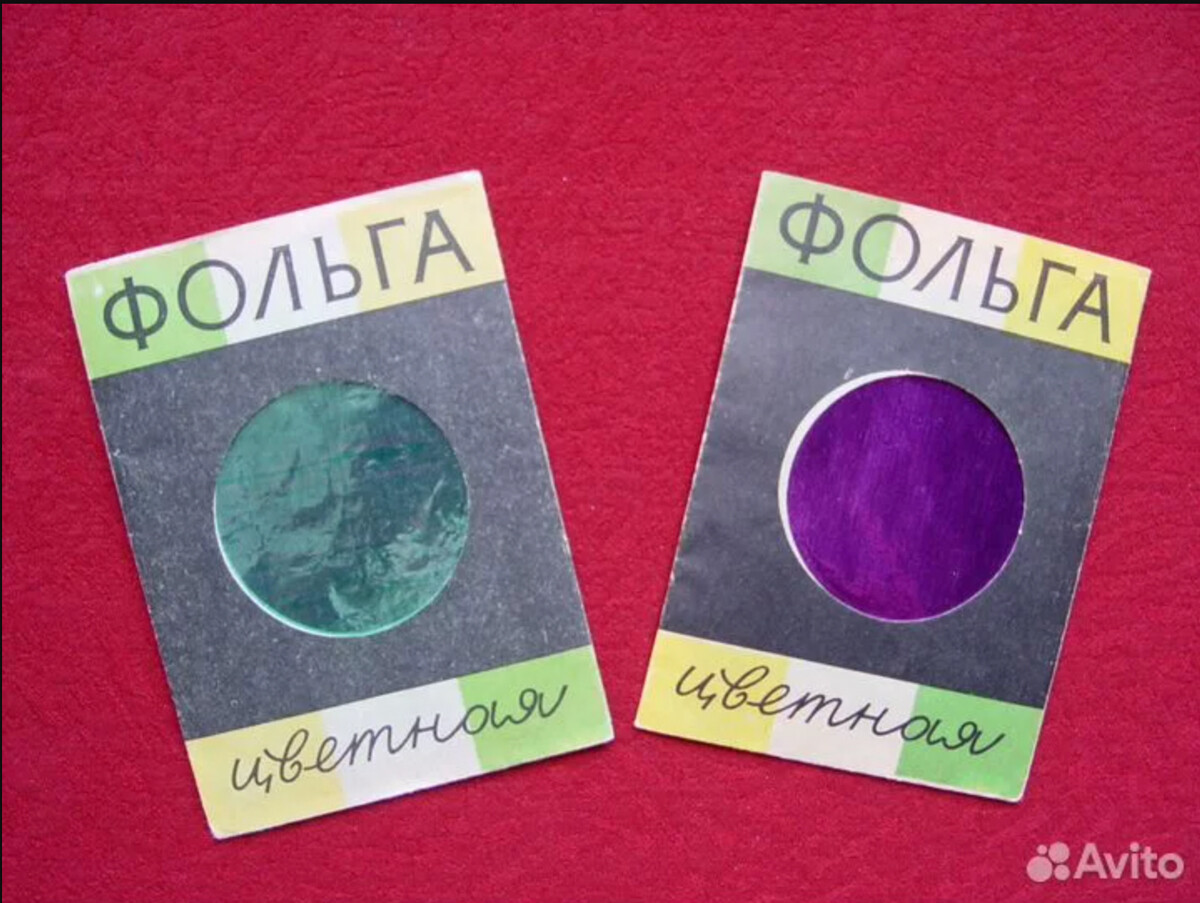
Colored glittering foil.
Avito.ruHard, shiny snowflakes, meanwhile, were made from milk, kefir or ‘snezhok’ bottle caps.
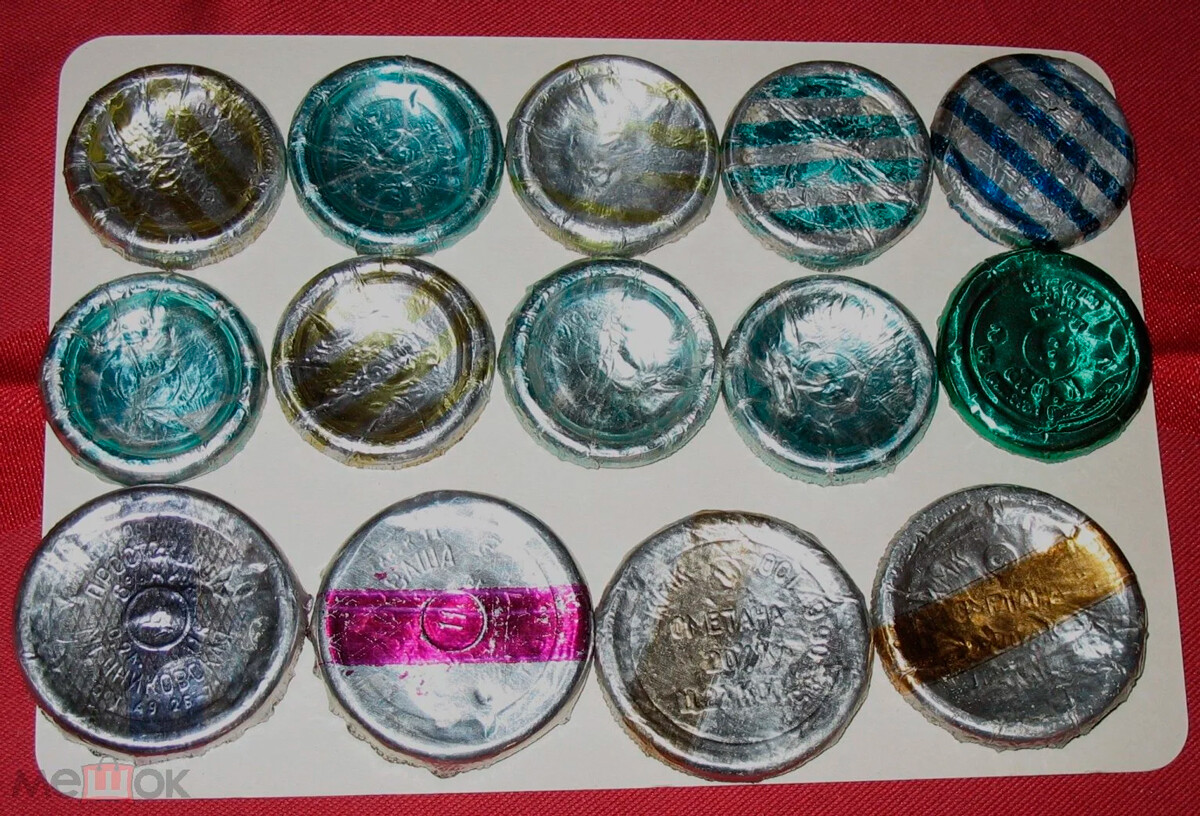
Bottle caps.
MeshokAnother handicraft out of foil – thick stars that one could hang on a New Year tree. Thick household foil was put in a cupcake mold and pressed in – and you have baubles like in the photo below.
These drawings were very diverse. Some drew the simplest of ornaments and wrote ‘Happy New Year!’, while others copied complex drawings from New Year cards. After the New Year school holiday, these drawings were washed off with water with two spoons of 9% vinegar.
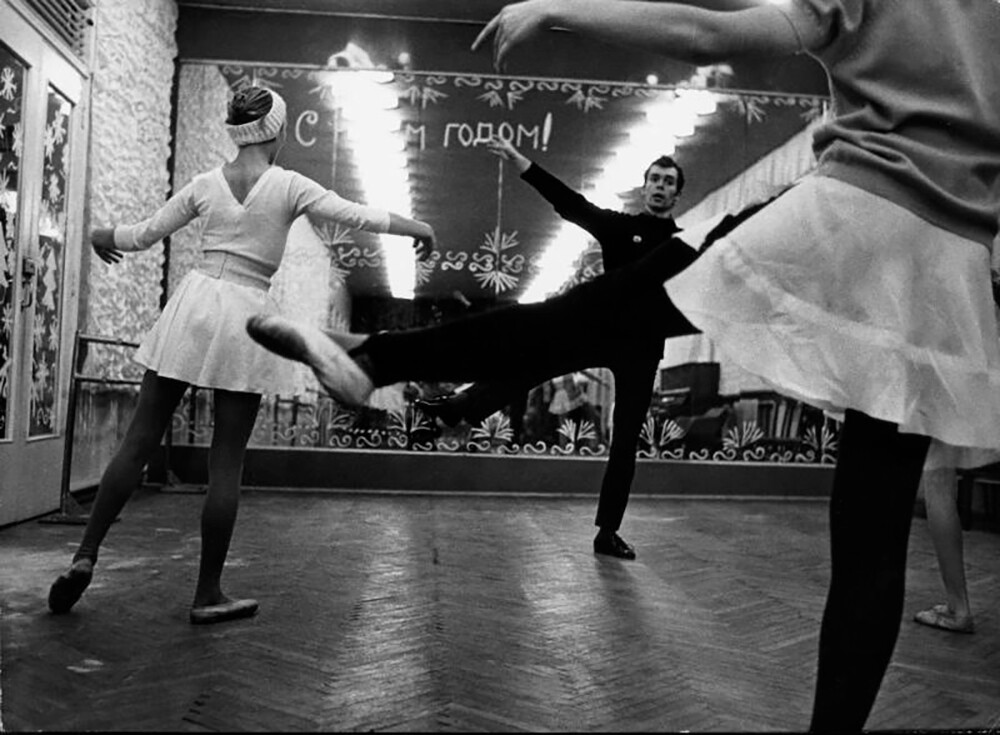
Rehearsal, 70s. You can spot the drawings on the mirror in the background.
Vsevolod Tarasevich/МАММ/МДФ/Russia in photoSnow for the New Year tree was made from regular medical cotton. It was laid under the tree like a carpet or hung right on the branches like a garland.
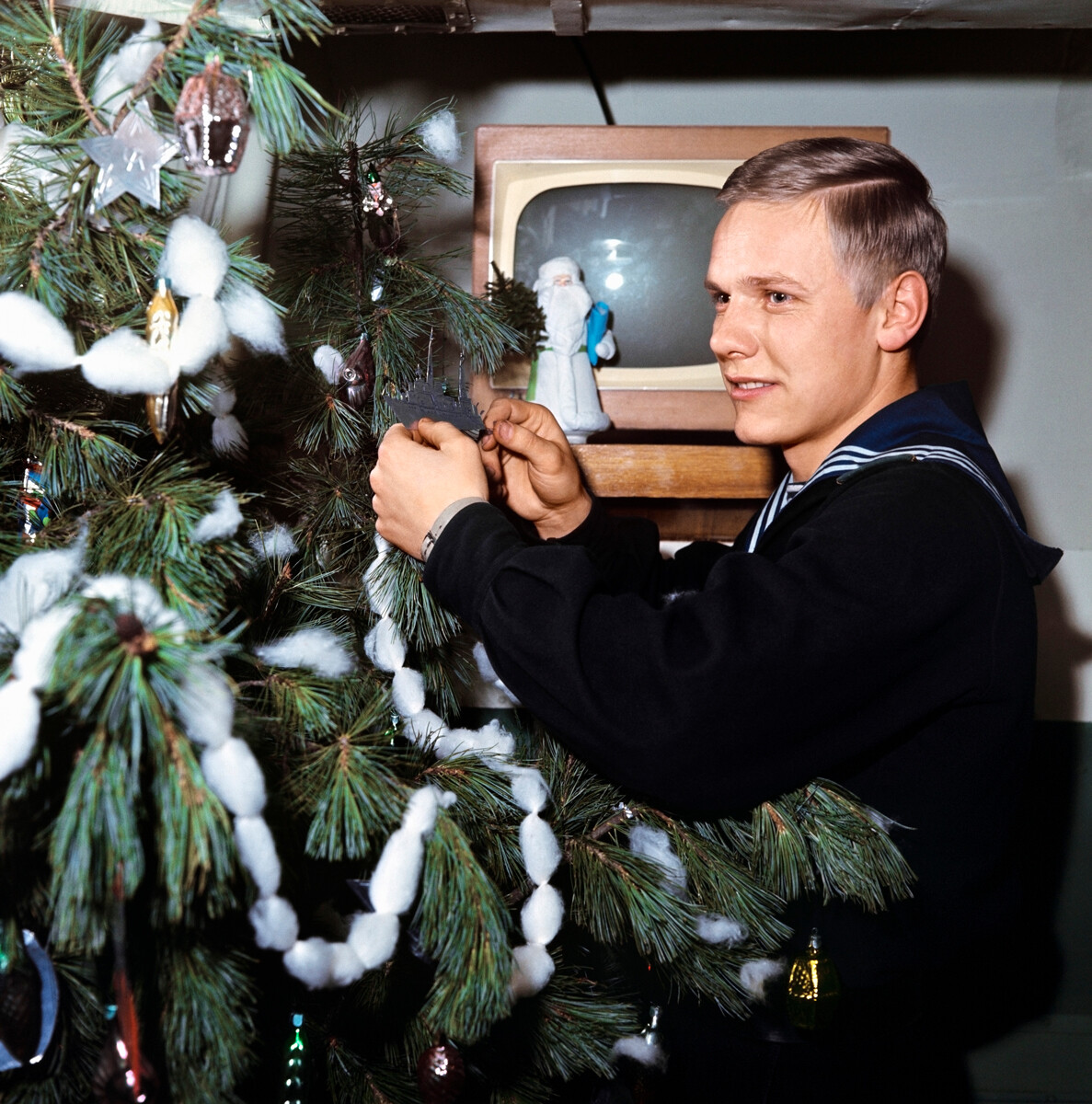
New Year preparations on the border ship, 70s.
G.Bibik/Sputnik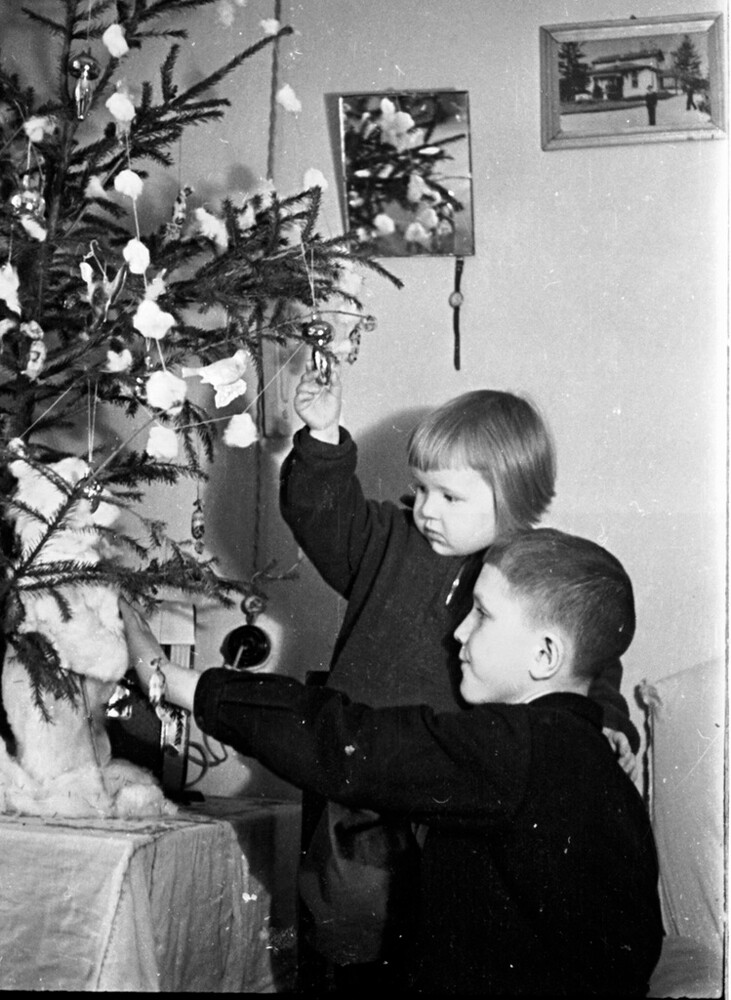
New Year, 1958.
Alexander Ovchinnikov/Ruslan Pavlov Archive/Russia in photoGarlands, including little flags, could be purchased from a store. But, some preferred to make them themselves. For example, they would buy New Year cards and secure them on a thick thread. Or they even would cut out little flags from paper and write congratulations on them.

Soviet New Year card.
Public domain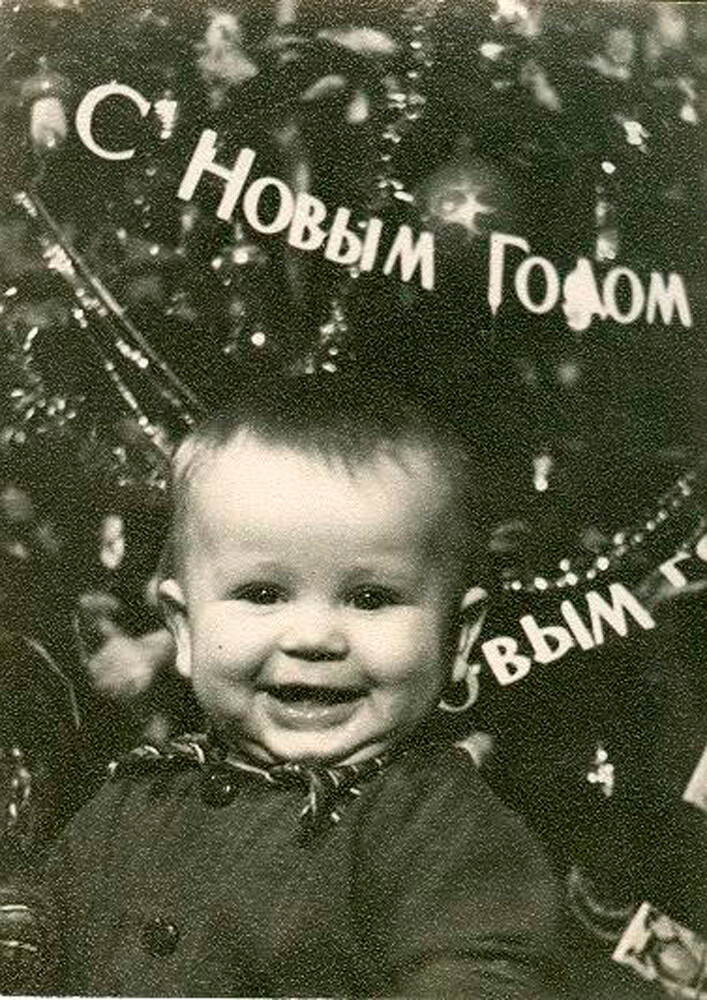
“Happy New Year!” 1950s.
MAMM/MDF/Russia in photoAnother garland type was a paper chain. Strips were cut out of colored paper that were later bent into rings and linked to each other. To make such a chain out of velvet paper was a special luxury!
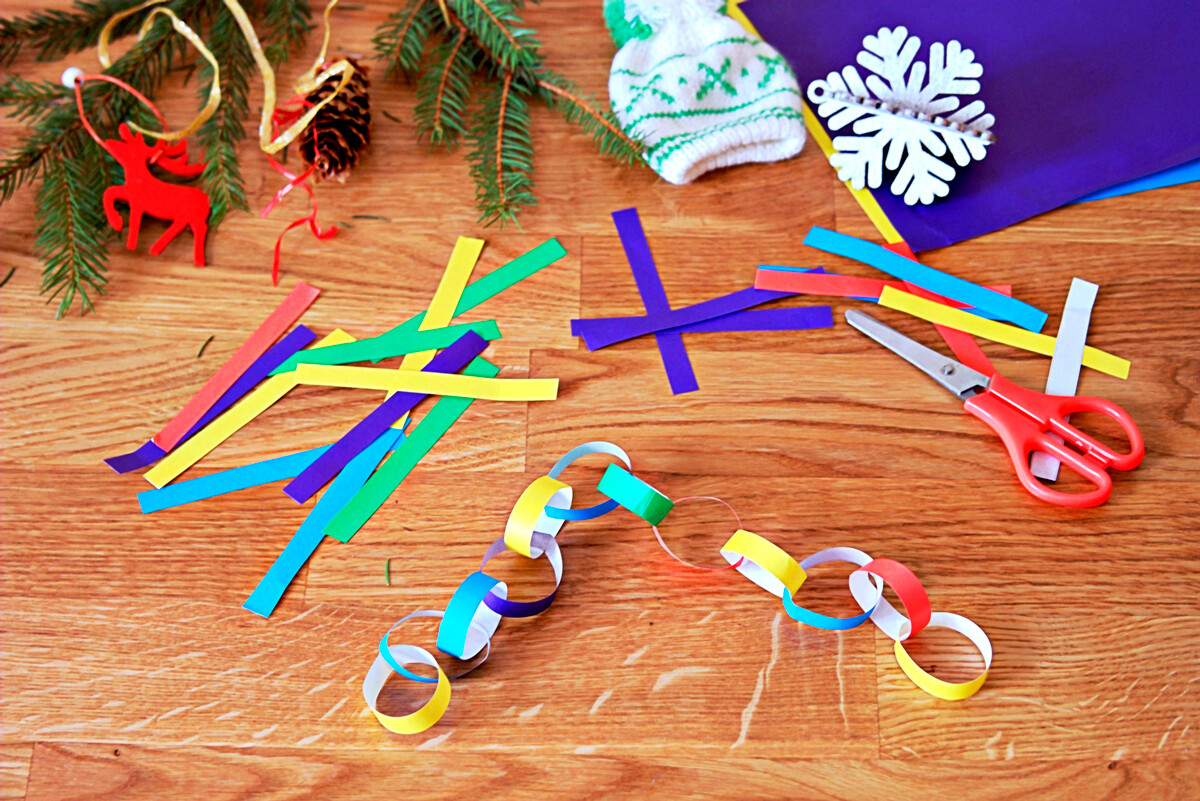
Soviet schools had a tradition of decorating classroom information boards with collective artworks. For example, with posters. Schoolchildren would draw squirrels and hares, ‘Ded Moroz’, aka ‘Grandfather Frost’ (Russian Santa Claus) and copy scenes from cards. In some higher education institutions, this tradition was continued with corridors and dean’s offices decorated. However, such activity there was usually quite rare.
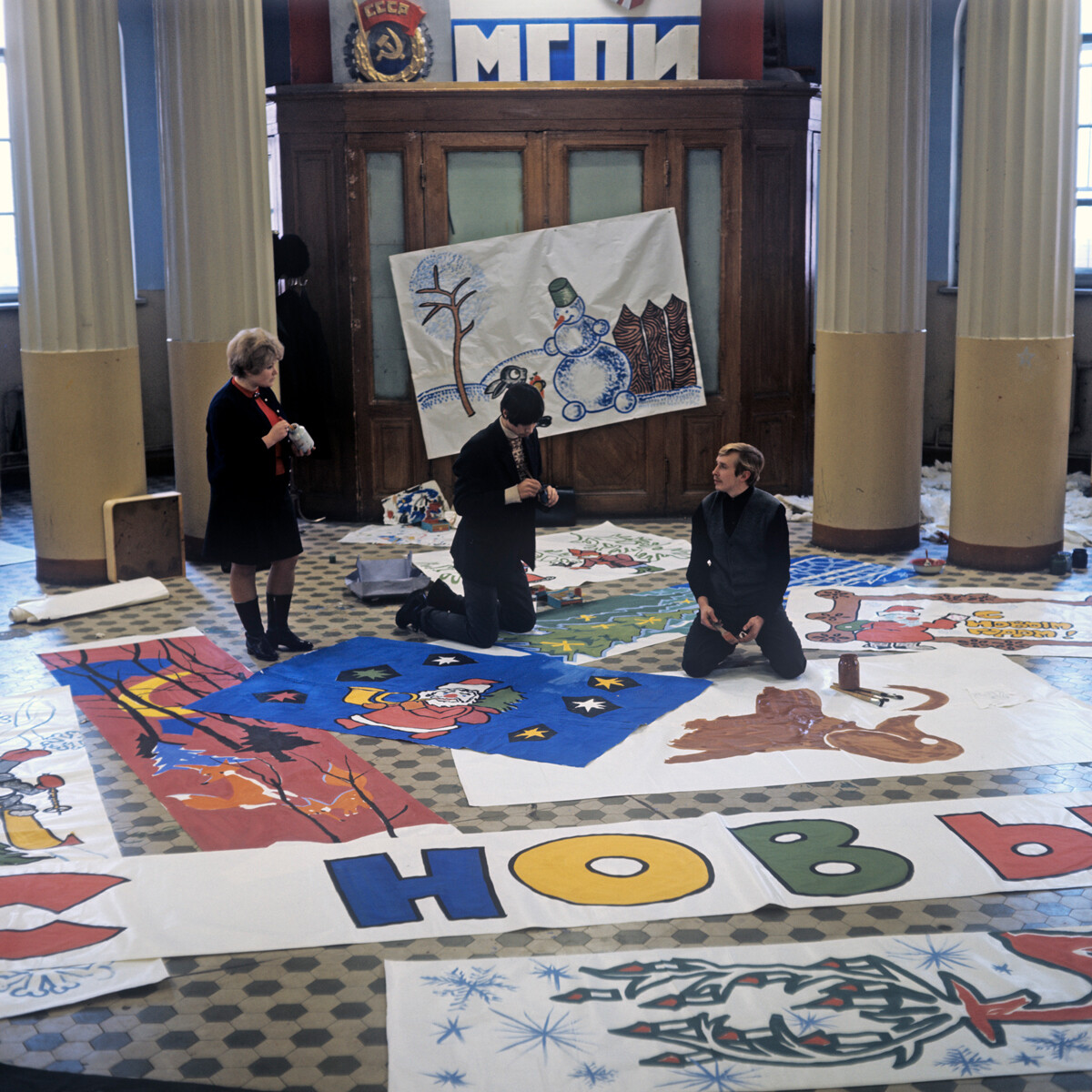
Students of the Moscow State Pedagogical Institute named after. V.I. Lenin are preparing to celebrate the New Year 1973.
Igor Vinogradov/Sputnik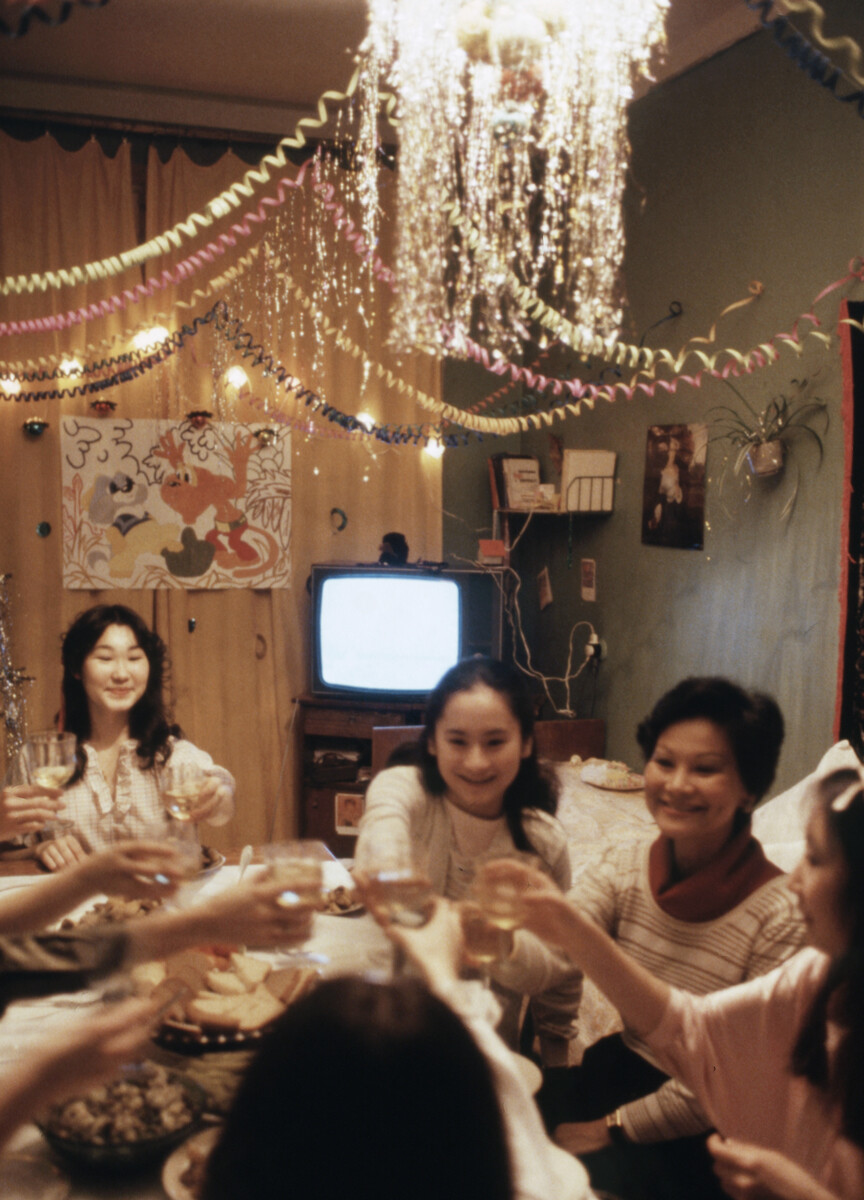
Leningrad. January 1, 1984 New Year's Eve in the school dormitory.
Yuri Belinsky/TASSDear readers,
Our website and social media accounts are under threat of being restricted or banned, due to the current circumstances. So, to keep up with our latest content, simply do the following:
If using any of Russia Beyond's content, partly or in full, always provide an active hyperlink to the original material.
Subscribe
to our newsletter!
Get the week's best stories straight to your inbox